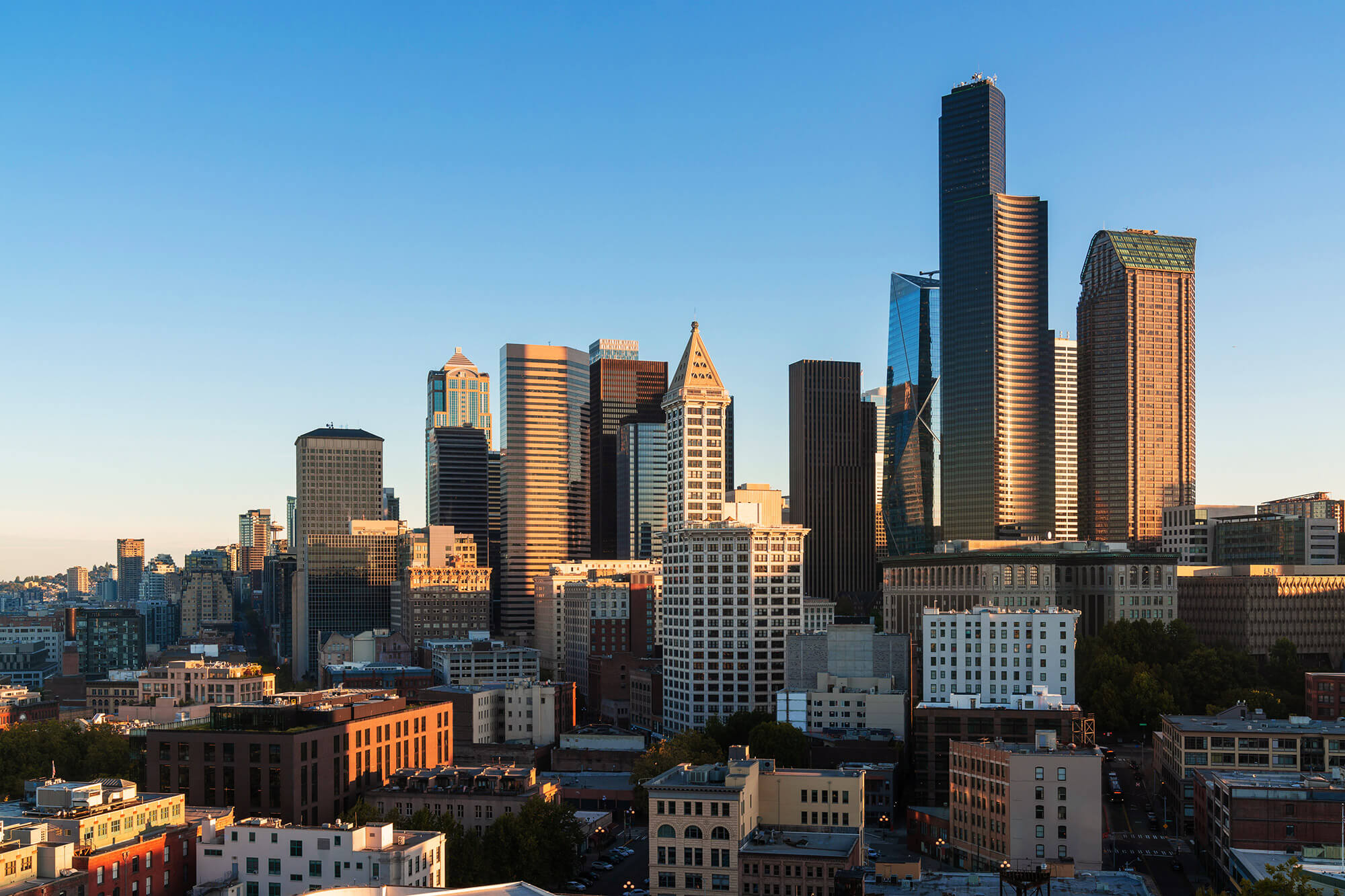The City of Seattle has adopted new tree protection regulations, which went into effect on July 30, 2023.
The new tree protection regulations reclassify trees by assigning them to a tier, based on their status as a “heritage tree,” their size measured according to diameter at standard height (“DSH”), or other standards as follows:
Tier 1 Trees | Includes trees designated as heritage trees. Heritage trees must be selected according to one of the following categories: specimen, historic, landmark, or collection. |
Tier 2 Trees | Includes trees 24 inches or greater at DSH, tree groves, and specific tree species as provided by Director’s Rule 7-2023. Note that Tier 2 trees were previously referred to as “exceptional” trees. |
Tier 3 Trees | Includes trees that are between 12 and 24 inches at DSH and not considered Tier 2 trees as provided by the Director’s Rule above. |
Tier 4 Trees | Includes trees that are between 6 and 12 inches DSH. |
SMC 25.11.050, Table A.
Tree Protection
Like previous rules, the new tree protection regulations require a “tree protection area” for all existing Tier 1, Tier 2, and Tier 3 trees that are (1) not removed during development, (2) relocated offsite if on private property, or (3) planted onsite as part of required mitigation in connection with development. SMC 25.11.060.A. A “tree protection area” is now defined as the area surrounding a tree defined by a specified distance, in which excavation and other construction-related activities must be avoided unless approved by the SDCI Director. SMC 25.11.130. The size of the tree protection area varies depending on species, age and health of the tree, soil conditions, and proposed construction. Id.
Tree Removal
The threshold question to determine legality of tree removal under the new regulations is whether the removal is associated with development.
When no development is proposed, removal of Tier 1, Tier 2, Tier 3, and Tier 4 trees is prohibited if the tree is located on an undeveloped lot, regardless of zoning designation. SMC 25.11.050.A.1. Additionally, if no development is proposed, two Tier 4 trees may be removed in any three-year period on a developed lot zoned Neighborhood Residential, Lowrise, Midrise, Commercial, Seattle Mixed, and three Tier 3 and Tier 4 trees may be removed on developed lots in any one-year period in all other zones. SMC 25.11.050.A.2; SMC 25.11.050.B.
When tree removal is in connection with development, tree removal allowances are determined by tree Tier and the underlying zoning designation of the tree’s location. In Neighborhood Residential, Lowrise, Commercial, and Seattle Mixed zones:
- Tier 1 trees may not be removed in connection with a development unless they are deemed hazardous or due to an emergency action. SMC 25.11.050.A.
- Tier 2 trees may not be removed in Neighborhood Residential zones except if the maximum lot coverage cannot be achieved within extending into the basic tree protection area or into a required front and/or rear yard. SMC 25.11.070.A.1. If you’re considering removal of a Tier 2 tree from a Lowrise, Midrise, Commercial, or Seattle Mixed zone, please contact us to discuss the impacts of the updated regulations.
- Tier 3 and Tier 4 trees may be removed as part of a development permit. SMC 25.11.050.A.3.c.
Please note that the tree protection regulations provide a general exception to these rules if a tree is deemed hazardous or in need of emergency action. SMC 25.11.020. The procedures related to emergency actions and hazardous tree removal are set forth in SMC 25.11.030 and SMC 25.11.040, respectively.
Tree Replacement and Payment In Lieu of Tree Replacement
In all zones, Tier 1, Tier 2, and Tier 3 trees that are removed in association with development or because they are deemed hazardous, infected by insects, pests, or pathogens, or an invasive or nuisance tree must be replaced by one or more new trees. SMC 25.11.090.A. The SDCI Director will decide the size and species of replacement trees. Id. Tree replacement must be designed to result in canopy cover that is at least roughly proportional to the canopy prior to tree removal. Id. Maintenance and monitoring of replacement trees is required for a five-year period. SMC 25.11.090.B.
If a tree removal is approved, the applicant may choose to make a monetary payment instead of replacing the tree on site, with payment amounts determined by tree Tier. For Tier 1 and Tier 2 trees, the payment is calculated using the formula set forth in Director's Rule 8-2023. For Tier 1 and Tier 2 trees less than 24 inches, and Tier 3 trees, the payment is a set amount: $8,080 and $2,833 per tree removed, respectively.
Please contact members of our Land Use Team, including Holly Golden and Rachel Mazur if you would like to talk to one of our attorneys about how the new tree protection regulations could impact your property or development plans.
The information contained in this update is provided for informational purposes only. It should not be construed as business, legal, accounting, tax, financial, investment or other advice on any matter and should not be relied upon for such.

